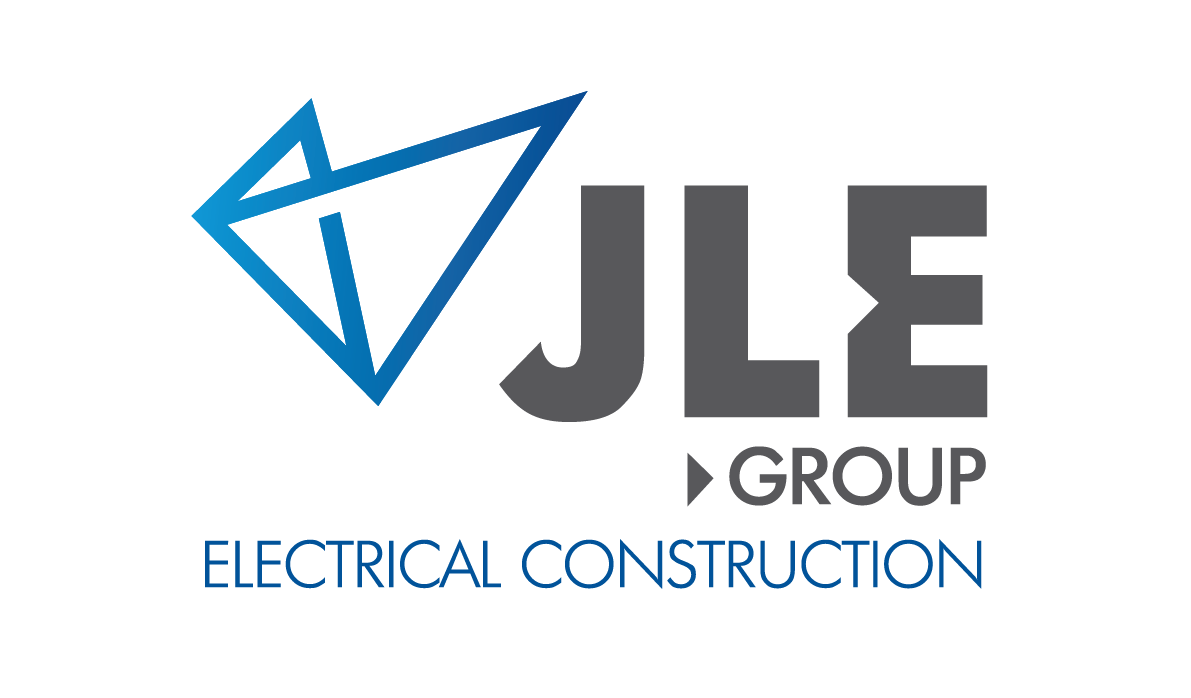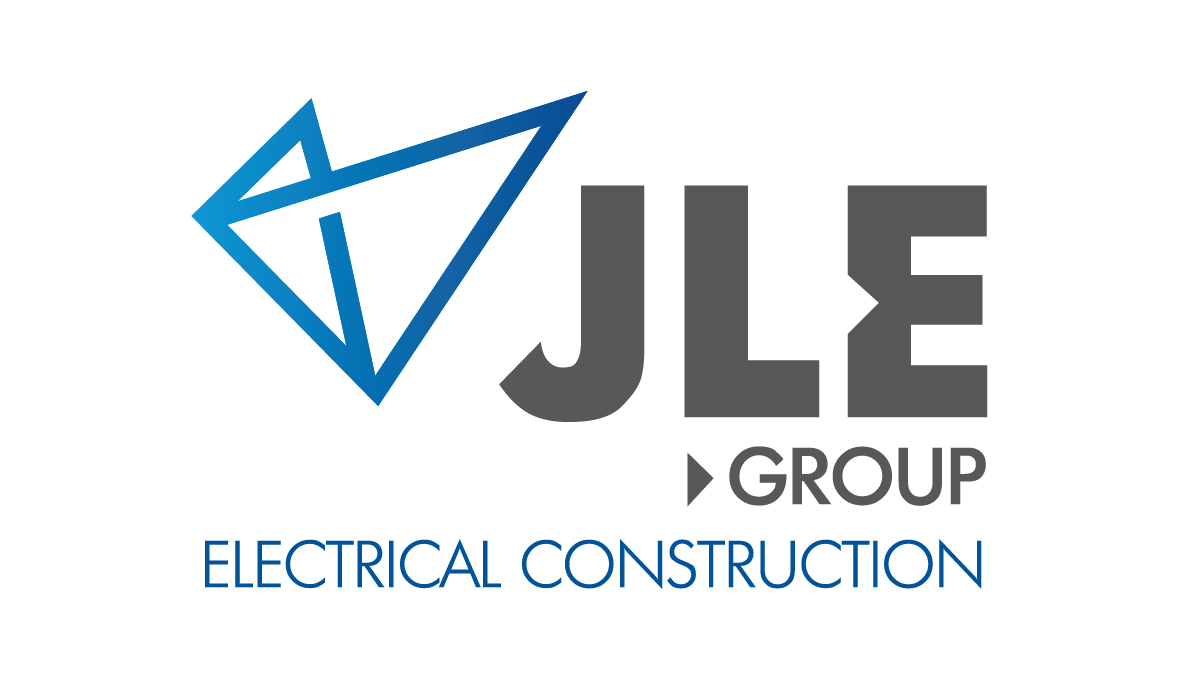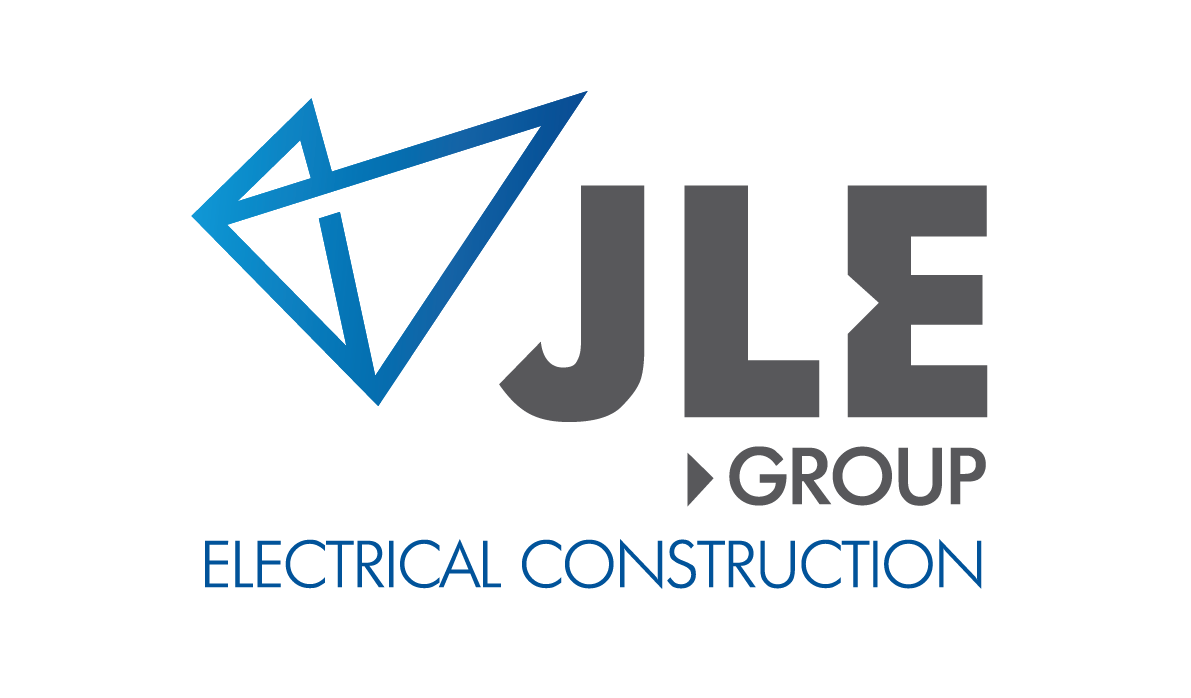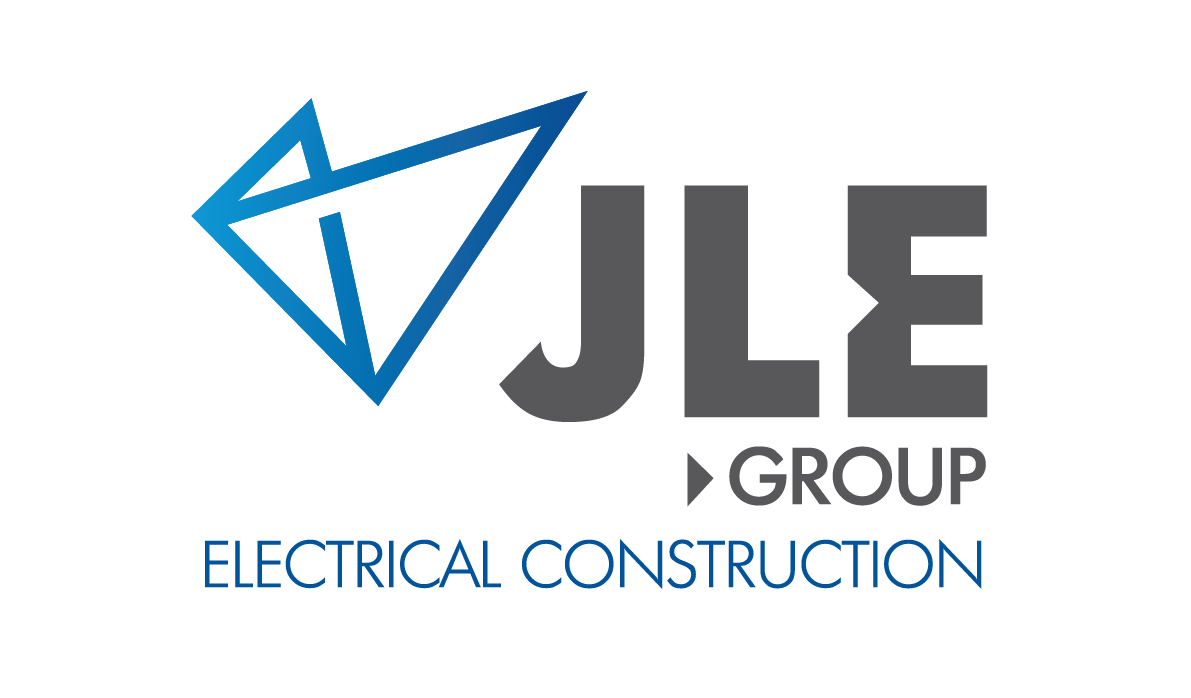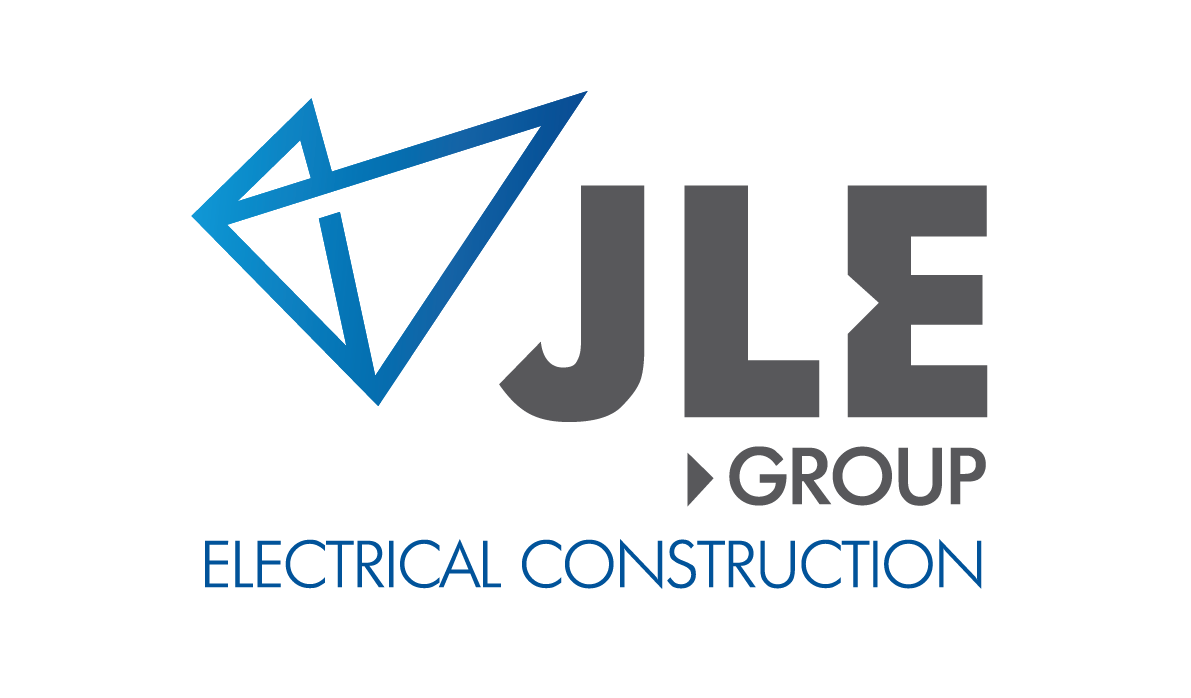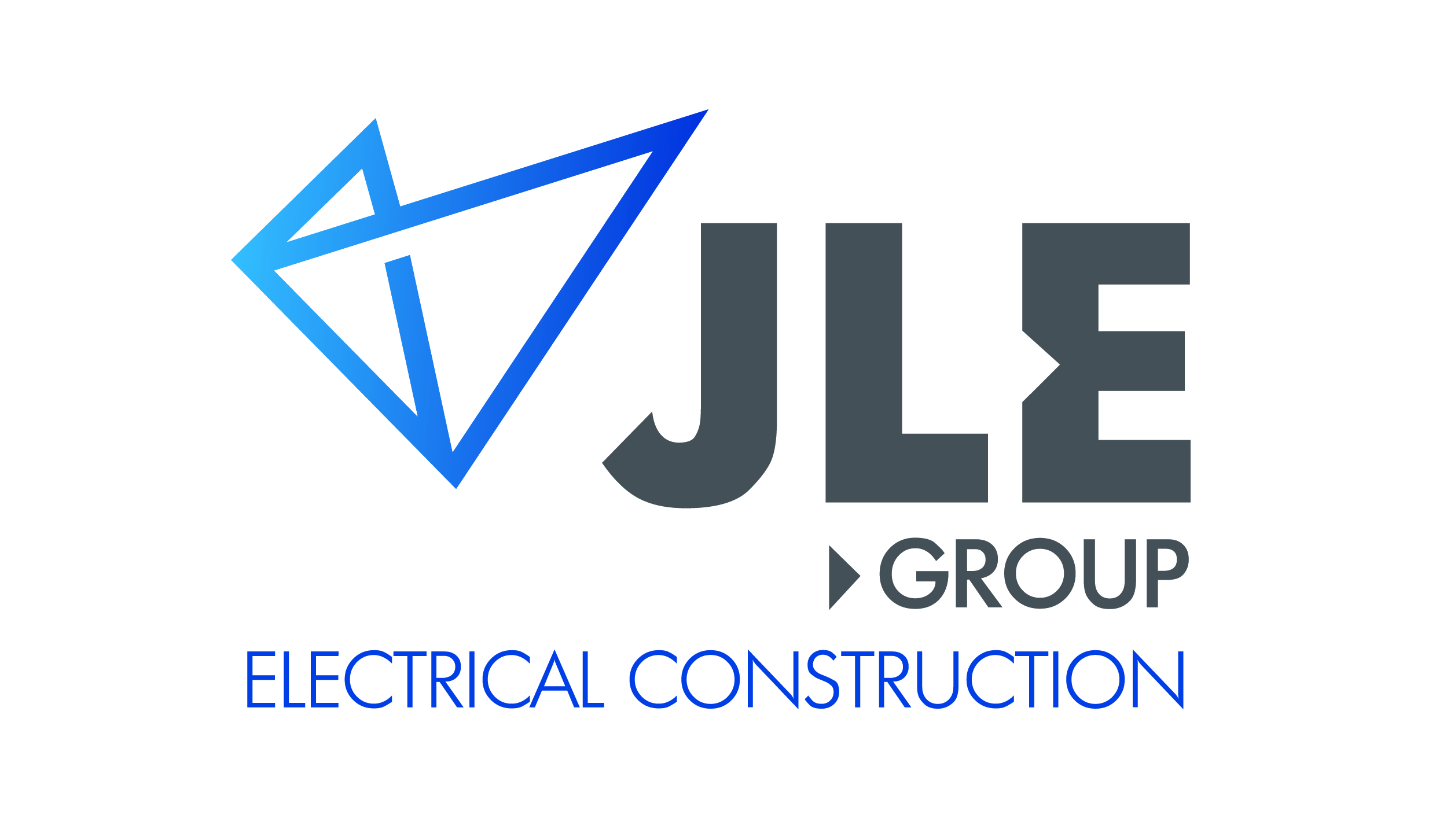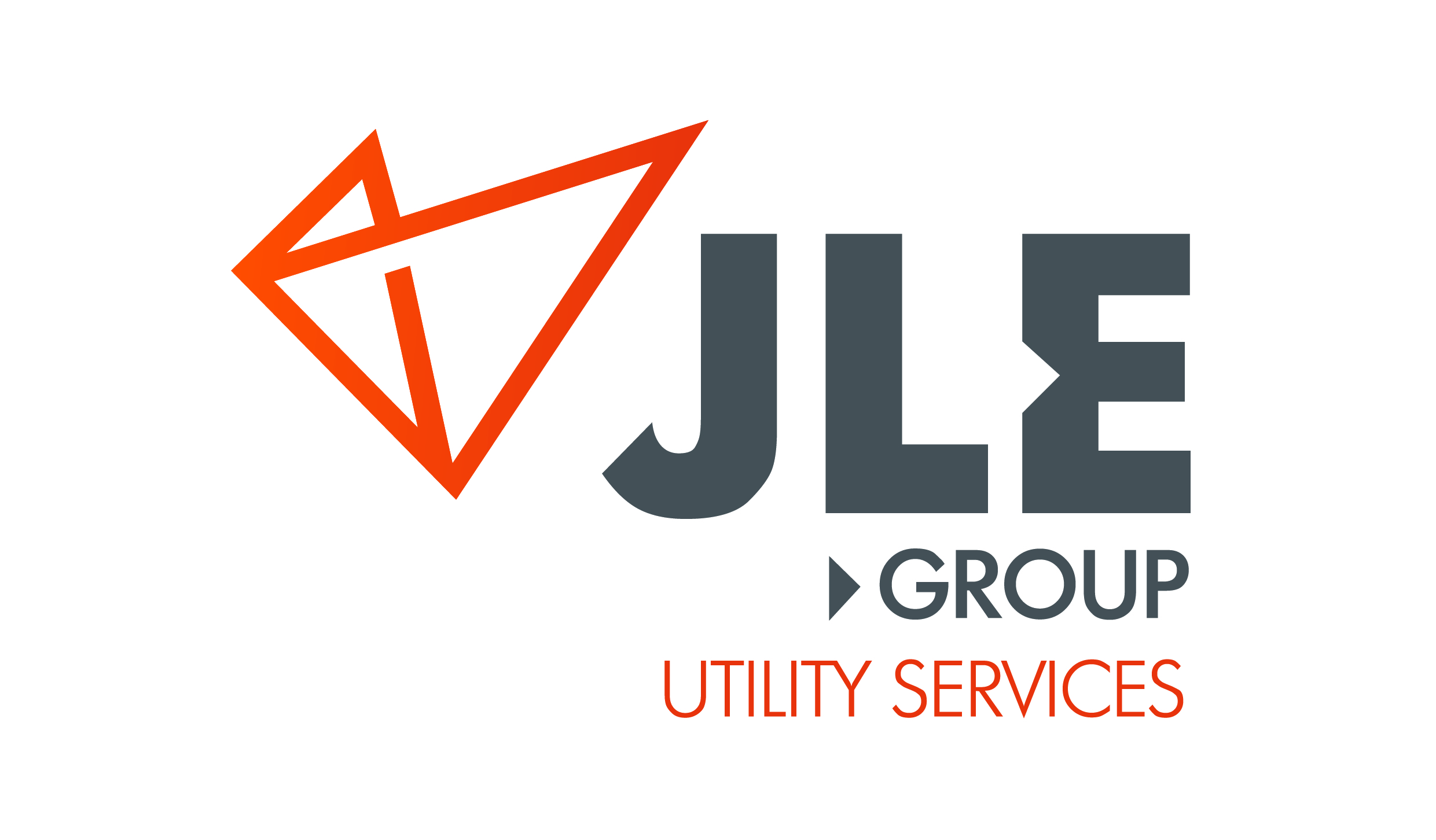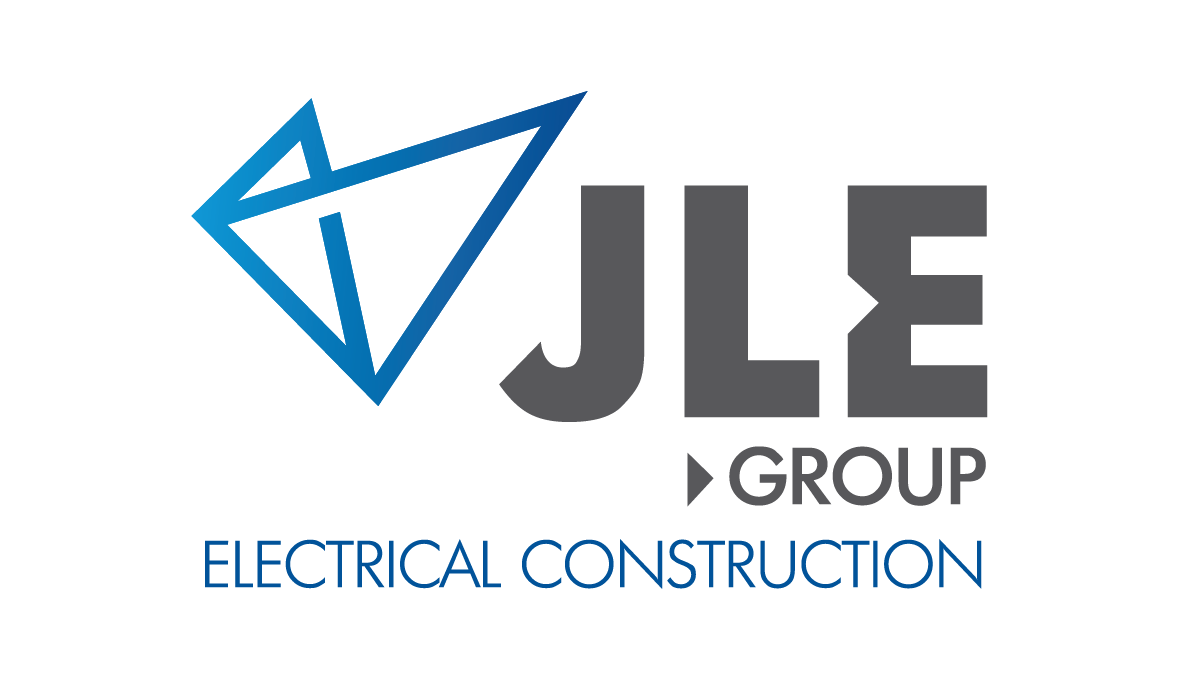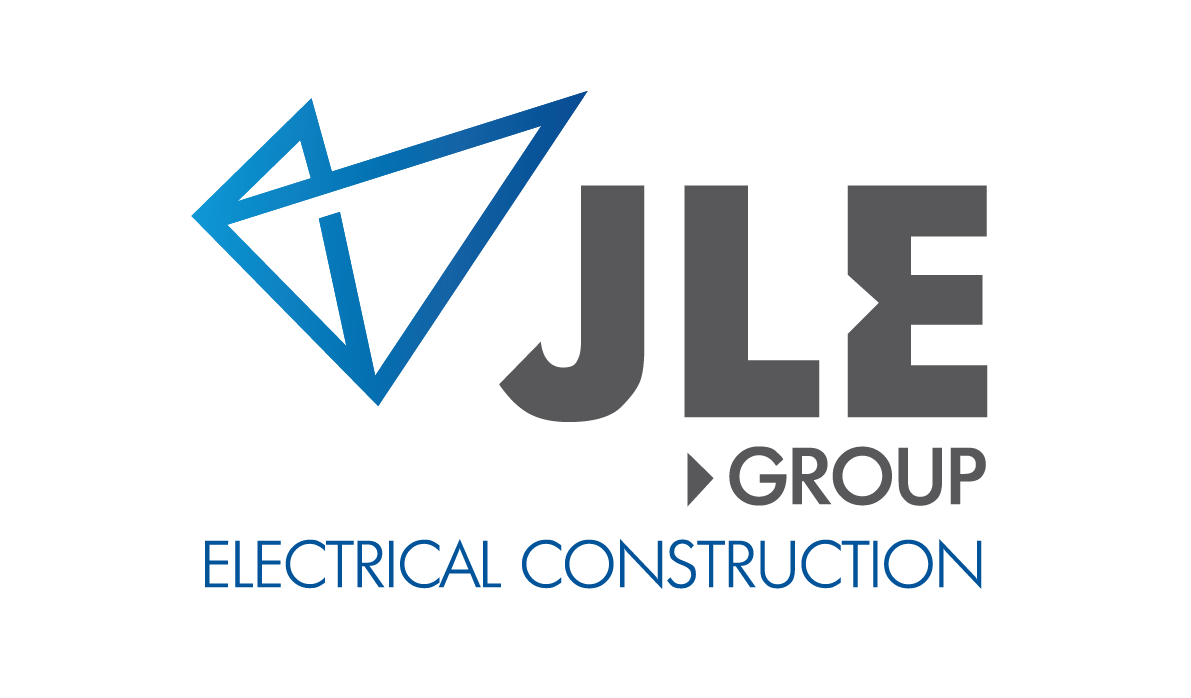Title Page
-
Project Name
-
Job Number
-
Switchboard Number
-
Date
-
Prepared by
-
Position Title
-
Location
SwitchBoard Checklist
Part 1: Initial Work Site Assessment
-
Has the JLE SafeX Prestart been completed.
-
Is there a copy of the Switchboard drawings Onsite
-
Is there a First Aid Kit & LV Rescue Kit (tested) Onsite
-
Has the Work Crew signed onto and understand JLE SWMS-001-Test and Commission (provide photo)
-
Is this First Energization of a Switchboard onsite
-
Is there a Isolation Permit In Place and CB'S Locked out & Tag Out
-
What Isolation Control Measures have been put in Place?
PART 2
Part 2: Test Equipment
-
Insulation Tester
-
Make/Model:
-
Serial Number:
-
Calibration Due Date:
-
Mutli-Meter
-
Make/Model:
-
Serial Number:
-
Calibration Due Date:
-
Clamp Meter
-
Make/Model:
-
Serial Number:
-
Calibration Due Date:
-
Remote Earth
-
Photo of Remote Earth
PART 3
- Part 3: Visual Inspection
-
Equipment ID
-
3.1 Check & Perform proximity test at the switchboard
-
3.2 Check Isolation tags and locks installed at point of supply
-
3.3 Check All Circuit Breakers are in the Off position.
-
3.4 Check Labels Against Switchboard Drawings
-
3.5 Check all covers/doors are available and fit correctly.
-
3.6 Check and confirm Main Earth location
-
3.7 Check the compartments for no foreign objects, loose nuts, bolts, cut metal, tools.
-
3.8 Check the compartments are free of metal fillings, cable ties etc– must be vacuumed & clean
-
3.9 Check All Cable Entries are sealed and Glands are tight
-
3.10 Check Visually the equipotential Earth Bond Connection
-
3.11 Check Visually all internal connections including Neutrals (confirm all tight)
PART 4
- Part 4: Pre-Energization Tests
-
Equipment ID
-
Test 1: Earthing System
-
Note: The resistance of the main earthing conductor or any equipotential bonding conductor shall be not more than 0.5 Ohms.
-
Note: On multi board Installation tests are to be completed at the switchboard being Energised.
-
Type of Switchboard
-
EAR1 - MEN Point to Main Earth Stake
-
EAR2 - MEN Point to Earth Bar
-
EAR3 - Earth Bar to Equipotential Bond
-
EAR3 - Earth Bar to Equipotential Bond
-
EAR4 - Earth Bar to Neutral Bar (MEN Check)
-
Test 2: Insulation Resistance
-
Note: The Insulation Resistance between conductors should not be less than 1Mohm
-
Complete a battery test on IR tester
-
Short IR tester leads to confirm working condition.
-
Select Testing Voltage
-
IR1 - A phase to B Phase =
-
IR2 - A Phase to C Phase
-
IR3 - B Phase to C Phase
-
IR4 - A Phase to Neutral
-
IR5 - B Phase to Neutral
-
IR6 - C Phase to Neutral
-
IR7 - A Phase to Earth
-
IR8 - B Phase to Earth
-
IR9 - C Phase to Earth
-
IR10 - Neutral to Earth
-
IR Test Results
-
undefined
-
Test 3: Polarity
-
Note: The polarity testing shall show that all active, neutral and protective earthing conductors in the electrical installation are correctly connected to the corresponding terminals of electrical equipment.
-
Note: Polarity tests are to be performed at the final connection location.
-
Note: Perform Polarity test by Shorting Phases & Neutral to Earth
-
Note: Disconnection the Neutral from the supply point Neutral bar
-
POL1 - A Phase to Earth
-
POL2 - B Phase to Earth
-
POL3 - C Phase to Earth
-
POL4 - Neutral to Earth
-
Note: Reconnect Neutral
-
Polarity Test Results
-
I am satisfied that the Pre-Energization test have meet the AS3000 requirements
PART 5
Part 5: Final Check List
-
SAFETY CHECK - This is HIGH RISK WORKS, Works to be executed carefully, follow the SWMS and safe work procedures and REMEMBER to treat All equipment as energized until proven "DEAD".
-
5.1 Do you have a copy of the Permit to energize.
-
5.2 Has a Site Toolbox been completed with ALL staff including other trades notified of the energization.
-
5.3 Has the work areas been made safe with the correct exclusion zones put in place
-
5.4 Has the correct notice of energization signage be install on the boards
-
5.5 Confirm that ALL JLE staff have signed onto and are aware of the steps in SWMS (TBC)
-
5.6 Confirm Switching Procedure and All other Isolations points have been locked out and tagged out (LOTO).
-
5.7 Confirm Both ends are made safe and ready to energise
-
5.8 All covers and escutcheons have been install
-
I have completed all the Final Checks and happy to procedure with Energization
-
Date and Time
PART 6
Part 6: Neutral ID
-
Disconnect Neutral at Equipment Neutral Bar
-
Set up Remote earth and connect Mutli-Meter between the Neutral Conductor and remote earth. Ensure the Connections are Made Safe
-
DO NOT CONNECT THE MULTI METER AFTER ENERGIZATION
-
Complete the Switching of the Equipment
-
Confirm the Voltage between the Remote Earth and the Neutral Conductor is 0V - add photo of results
- Pass
- Fail
-
Reverse the Switching and lock & tag out
-
Reconnect the Neutral - Test back to earth bar to confirm MEN
-
Complete the Switching of the Equipment - Proccedure to Part 7
-
STOP TEST Isolate and Redo Part 4 Test 3: Polarity
PART 7
- Part 7: Post Energization Tests
-
Switching has been completed and equipment ready for testing
-
Test 1: 10 Point Voltage Test
-
Notes: Phase to Phase Voltage 415v = Phase to Neutral/Earth Voltage = 240v. Read the results out loud
-
VT1 - A phase to Earth
-
VT2 - B phase to Earth
-
VT3 - C Phase to Earth
-
VT4 - Neutral to Earth
-
VT5 - A phase to Neutral
-
VT6 - B phase to Neutral
-
VT7 - C phase to Neutral
-
VT8 - A phase to B Phase
-
VT9 - A phase to C phase
-
VT10 - B phase to C phase
-
10 point voltage test Results
-
Photo of Results
-
Test 2: Phase Rotation
-
Test Location: Energized Equipment Line side of Main Switch
-
Connection Method: Red, White, Blue leads on meter to match the Circuit Left to right (Not the cable colours)
-
Rotation test
-
Mark Rotation on the switchboard
-
Photo of the results
-
Isolate and roll A and B phase at the source
-
Rotation test 2
-
Mark Rotation on Switchboard
-
Photo of results
-
Contact your supervisor stop tests
-
Why Can't the rotation be changed
-
Mark Rotation on the switchboard
-
Photo of the Results
-
Test 3: Remote Earth Voltage Test
-
Test Location: Main Switchboard Test to MEN Point, Distribution Board test to Neutral Bar
-
Test Result: Voltage to be less than 5v with minimum load of 10A
-
Remote Earth Voltage
-
Photo of Result
-
Ensure all covers are fitted to the switchboard
-
Ensure the Switchboard is Clearly Identified as "LIVE" and the Isolation Point is Clear and Correct
-
I am satisfied that the Post-Energization test have meet the AS3000 requirements
-
Date and Time
-
STOP TESTS - ISOLATE SUPPLY & CONTRACT YOUR SUPERVISER
-
NOTES
PART 8
- Part 8 - Switchboard Load test
-
Do you have a connected load
-
Is the Connected Load a part of JLE SOW
-
No Further Testing required
-
Follow the ITP to complete the works and commissioning of the connected Load - refer back to check list when load is available for testing.
-
-
Once the connected Load is commissioned simulate a High Load demand for testing
-
Tong A phase
-
Tong B phase
-
Tong C phase
-
Tong Neutral
-
Have you taken photos of the result
-
Are the Phase currents within 10% of each other
-
I am satisfied that the Switchboard load test have meet the AS3000 requirements
-
Select date
-
Confirm the ITC's have been completed for the connected load and commissioning is completed
-
Simulate a High Load demand for testing Switch board loading
-
Tong A phase
-
Tong B phase
-
Tong C phase
-
Tong Neutral
-
Have you taken photos of the result
-
Are the Phase currents within 10% of each other
-
I am satisfied that the Switchboard load test have meet the AS3000 requirements
-
Select date






